Side Sleeping
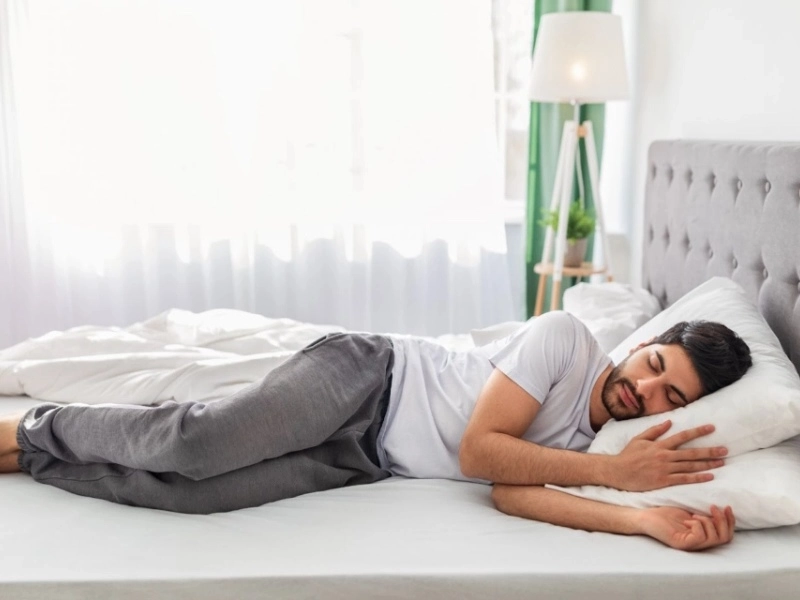
Side sleeping is the most popular sleep position for adults, and it has numerous advantages. It reduces snoring and sleep apnea significantly.
One potential drawback to side sleeping is the strain it puts on certain parts of the body, like the neck and shoulders. To reduce this strain, utilize a proper pillow and mattress combination.
Back Sleeping
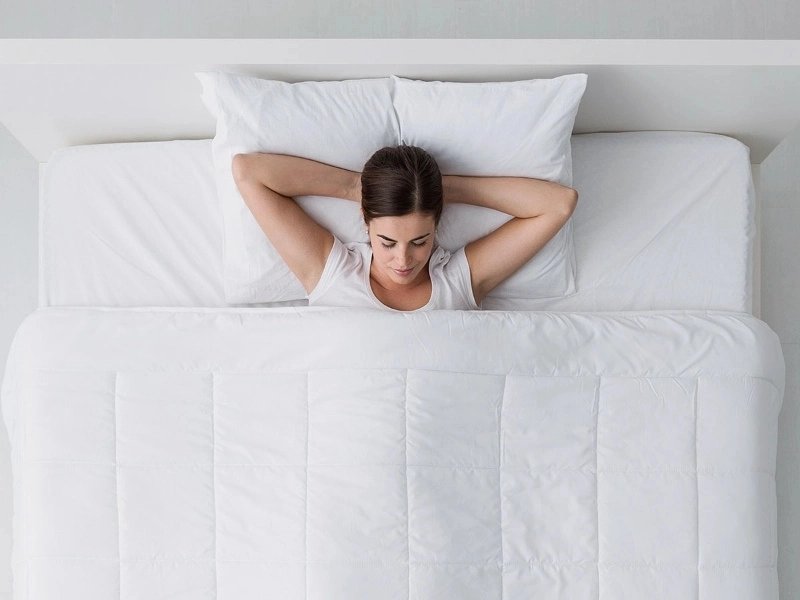
Back sleeping is a recommended sleep technique for osteoporosis patients as it distributes weight evenly on the back and shoulders, relieving pressure points. Furthermore, back sleeping allows you to experience uninterrupted sleep with no aches or pains.
However, some people find it challenging to transition from sleeping on their stomach or side to lying flat on their back. There are several methods available for helping you achieve this new position, including the "tennis ball technique."
Stomach Sleeping
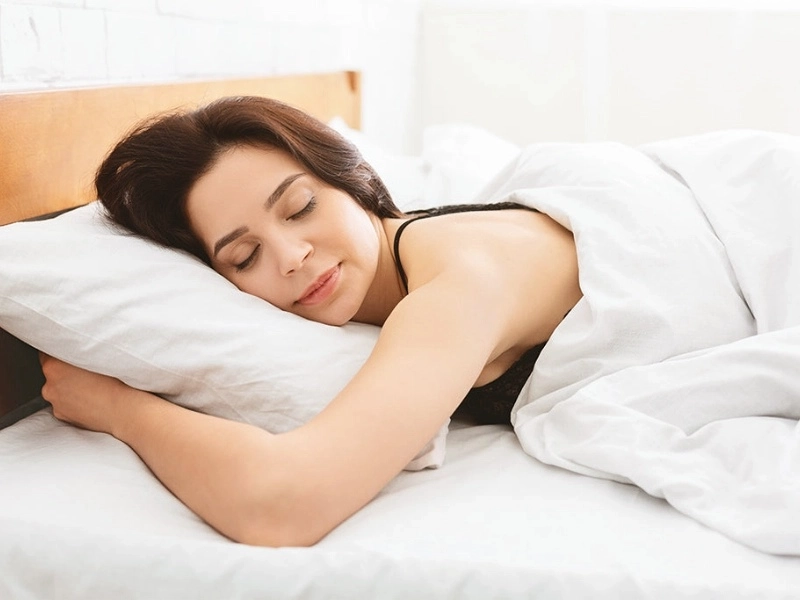
If you suffer from osteoporosis, you must learn how to sleep with this condition. A good night's rest can help alleviate symptoms like back pain, stiffness and sore joints.
Osteoporosis patients are advised not to sleep on their stomach. This position can cause unnecessary pain and discomfort compared to side or back sleeping, as well as being detrimental for your spine.
Aside from causing back, neck, joint, and shoulder discomfort, stomach sleeping also puts pressure on the spinal cord. This could result in numbness or muscle stiffness throughout other body parts.
To reduce pain and strain, try sleeping on your side with one leg up. Additionally, place a thin pillow beneath your pelvis and lower abdomen to keep your spine neutrally aligned.
Head Sleeping

Osteoporosis can cause back pain or hip/spine discomfort that can make it difficult to get a good night's sleep. But there are some simple changes you can make in your sleeping patterns that will reduce pain and keep your joints aligned - an important step in reducing bone fractures caused by osteoporosis.
Head sleeping is another recommended technique for those suffering from osteoporosis, as it provides full spinal support while keeping the neck vertebrae in a neutral, straight position
Advertisement
Recommended Reading: What Are the Best Natural Antibiotics?
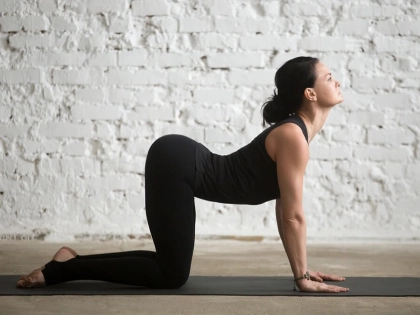


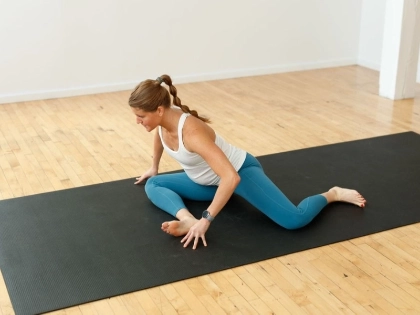






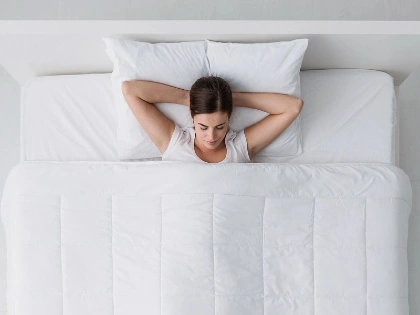














Comments
Leave a Comment
Your email address will not be published. Required fields are marked *